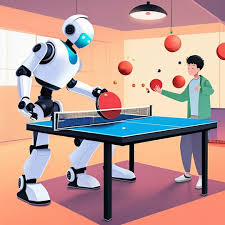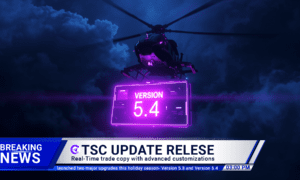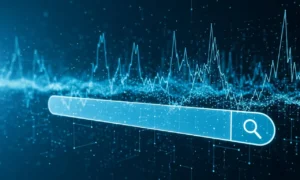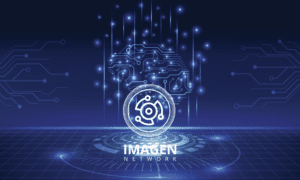The world of sports videography has undergone a remarkable transformation over the past decade. What began as simple recording devices has evolved into sophisticated systems powered by artificial intelligence. This evolution has fundamentally changed how athletes, coaches, and sports enthusiasts capture and analyze athletic performance.
THE JOURNEY FROM BASIC TO BRILLIANT
EARLY DAYS: STATIC AND SIMPLE The first dedicated sports cameras emerged in the early 2000s, offering basic functionality:
- Fixed positions requiring manual adjustment
- Limited battery life and storage
- Minimal features beyond simple recording
- Challenging setup and operation
These early iterations, while revolutionary for their time, required significant human intervention and often resulted in missed moments or poorly framed action.
THE PIVOTAL SHIFT: INTRODUCTION OF AI The integration of artificial intelligence marked a watershed moment in sports camera technology. Suddenly, cameras could:
- Recognize and track subjects automatically
- Adjust framing and focus in real-time
- Identify significant moments of action
- Operate with minimal human intervention
TODAY’S CUTTING-EDGE CAPABILITIES
Modern sports cameras leverage several advanced technologies:
- Computer Vision Algorithms Today’s cameras use sophisticated visual processing to identify and follow subjects across the field of play, maintaining optimal framing regardless of movement patterns.
- Predictive Movement Tracking Rather than simply reacting to movement, advanced systems anticipate directional changes, resulting in smoother footage and fewer missed moments.
- Environmental Adaptation Smart cameras now automatically adjust settings based on lighting conditions, weather, and other environmental factors that might affect video quality.
- Multi-Subject Recognition The ability to distinguish between multiple players allows these cameras to follow specific individuals even in team settings.
XBOT CAMERA: EXEMPLIFYING THE EVOLUTION
The Xbot camera is a standout example of how far technology has come. Equipped with an AI-powered tracking system, it seamlessly blends ultra-clear 4K video quality with advanced subject recognition. This allows it to record autonomously, adjusting in real time, delivering a smart filming experience that would have seemed impossible just a few years back.
What makes the Xbot system truly stand out is its unique ability to combine advanced, cutting-edge technology with a remarkably user-friendly interface. This seamless blend of power and simplicity has opened the doors for both beginners and seasoned professionals to achieve professional-quality recording with ease and confidence.
WHY THIS MATTERS FOR ATHLETES AT ALL LEVELS
The democratization of advanced recording technology has profound implications for sports development:
- Amateur athletes gain access to the same quality of video analysis once reserved for professionals
- Coaches can provide more precise, evidence-based feedback
- Athletes in remote or underserved areas can share performances with distant scouts or coaches
- Self-coaching becomes more effective with high-quality visual feedback
As artificial intelligence continues to evolve, sports cameras are no longer just passive observers; they’re becoming active, intelligent partners in athletic development. This transformation marks a major turning point in how athletes train and improve. The shift from basic recording devices to AI-powered analytical tools is one of the most groundbreaking advancements in sports training technology in the last hundred years The shift from basic recording devices to AI-powered analytical tools is one of the most groundbreaking advancements in sports training technology in the last hundred years.



































